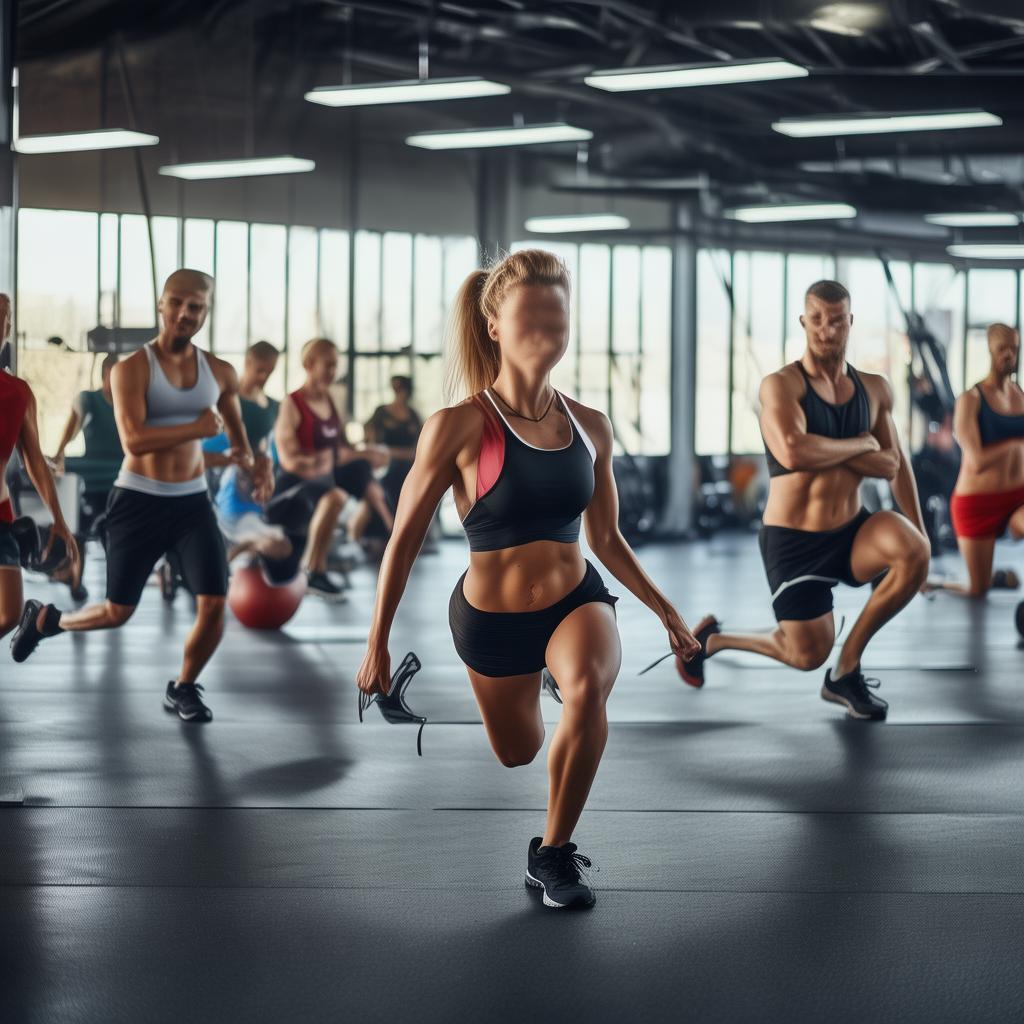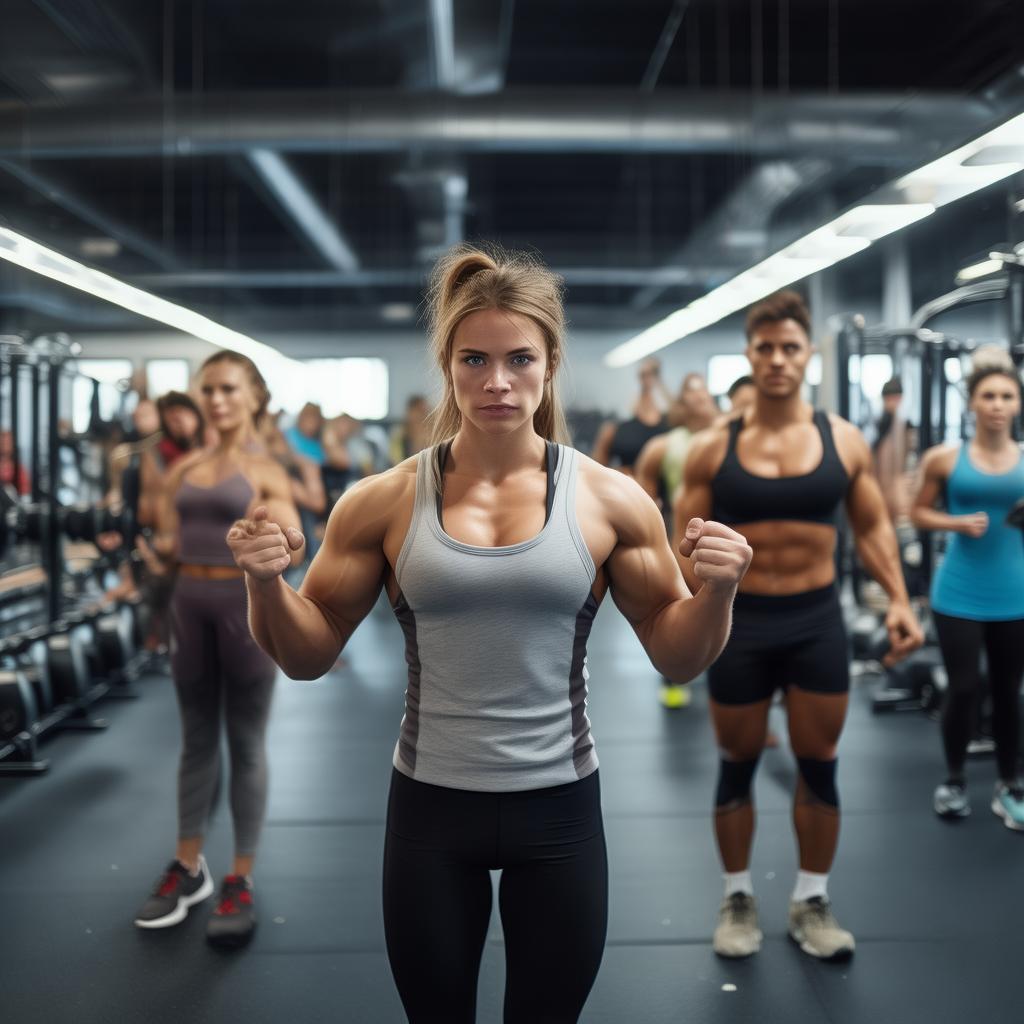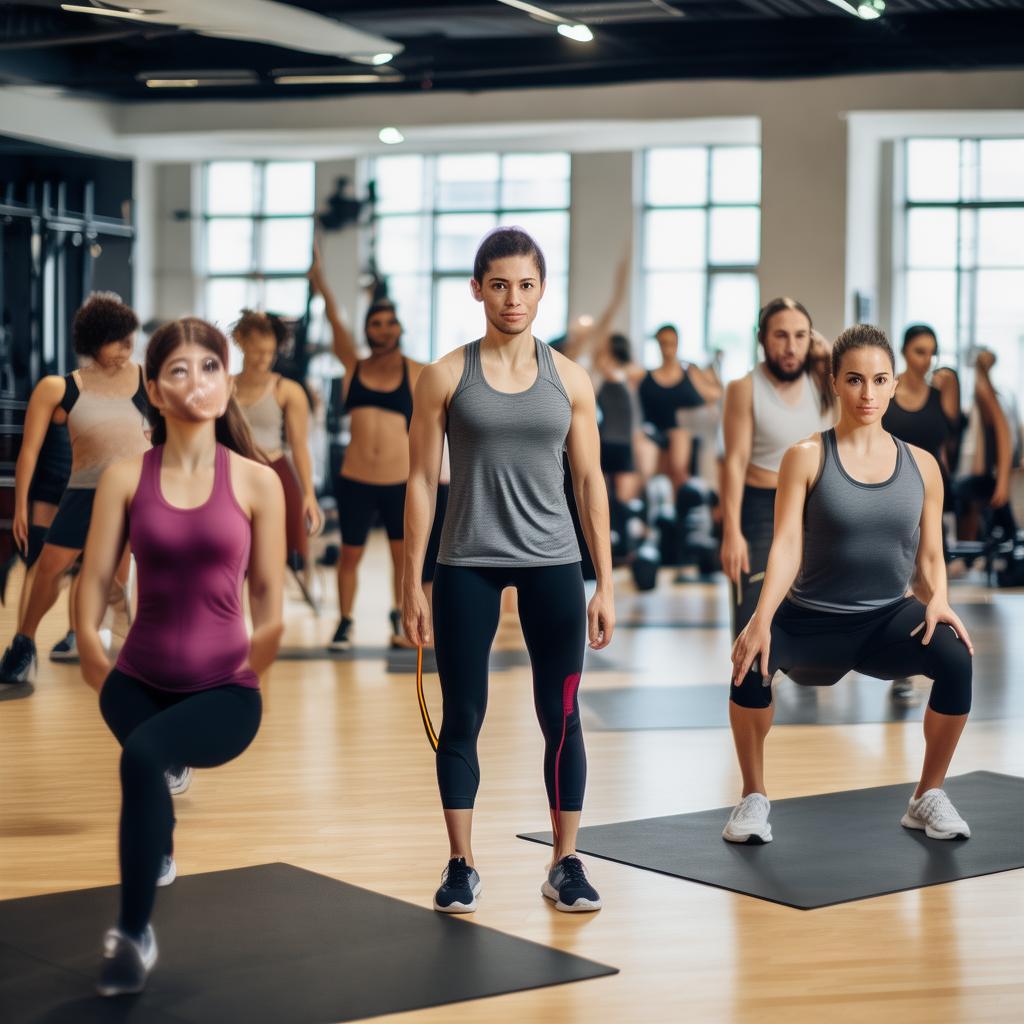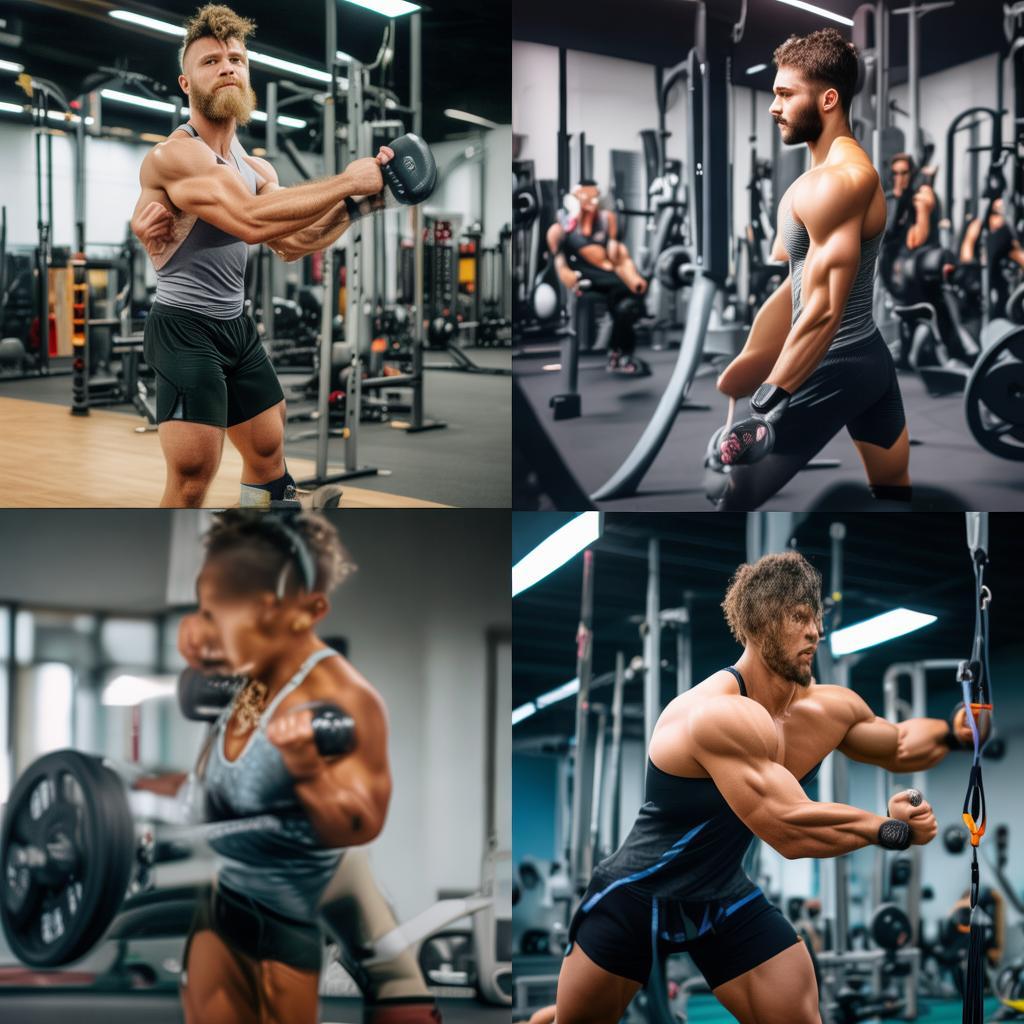Introduction to Leg Lifts in Chinese Gyms
On August 29, 2023, it’s a well – known fact among fitness enthusiasts in China that many gyms, even large – scale fitness chains, lack deep squat racks. Instead, they are substituted with the safer leg lift machines. Although this machine appears simple, many people seem to be confused about which muscle groups are targeted by different foot positions and spacing. There are also some improper training behaviors, such as using extremely heavy weights with minimal range of motion, locking the knees, relying on toe power, and compensating with other body parts.
The Value of Leg Lifts
Leg lifts are a valuable exercise. They enable you to work out both the quadriceps and hamstrings with heavy weights while reducing the strain on your lower back. Additionally, leg lift machines are quite common in gyms, unlike some specialized barbells or unique equipment. Similar to other machines, leg lifts offer more control over the weight compared to barbells or dumbbells. Although some may view this control as a disadvantage, in fact, it allows you to better focus on stimulating the muscle tissues you aim to recruit. The key lies in precisely and correctly stimulating the muscles, and the following points should be noted:
- It is crucial to use the full range of motion and focus on recruiting the quadriceps and hamstrings. The goal is to have a wide enough range of motion to allow proper hip extension before knee extension, similar to a deep squat. However, some equipment may make this process difficult. You may need to adopt a wider stance or slightly rotate your toes outward compared to a deep – squat position to achieve the full amplitude of the leg lift.
- Most people can undertake a relatively high – volume training. Since the quadriceps are also highly stimulated in daily life and the usual back and core loads are relatively light, we suggest doing multiple sets of medium (8 – 12 reps) to high (15 – 20+ reps) repetitions, using as much weight as you can handle. In other words, it’s not easy to over – train with leg lifts.
- It is recommended not to fully lock your knees throughout the movement. When you lock your knees, the load on the leg muscles is actually removed, meaning you are relying on your joints at that moment. Not locking your knees will also make the movement more challenging. Different machines may have many differences, so if possible, try various machines to find the one that suits your body best.
Variations of Leg Lifts
In addition to the above – mentioned benefits, leg lifts have more advantages as there are many variations to keep the training progressing and fresh:
- Unilateral leg lifts: Performing the exercise one leg at a time usually provides a greater range of movement and allows you to slightly twist your body to prevent hip restrictions on the range of motion. This is an excellent option when there is an imbalance in muscle or strength development between the left and right sides.
- Foot position: On most machines, placing the feet higher will focus more on the lateral part of the hamstrings. Similarly, a narrower foot spacing will emphasize the quadriceps more. It is advisable to try all the positions to find the most suitable one for you.
- Other variations: For example, the 1 – count method (fully lower, then pedal to halfway, then fully lower again, and then pedal to the highest point – this counts as one rep). You can also add extra resistance with an elastic band or use tempo control (3 seconds down, 3 seconds up). All these methods will make regular leg lifts more challenging.
Light – Weight Deep Squat Training Program
Let’s take a look at a light – weight training program that improves quadriceps strength without requiring excessive rest:
- Front squats: Low repetitions are recommended. If you’ve tried 10 – rep front squats, you’ll know it’s not pleasant. Instead, try 3 – 5 sets of 2 – 5 reps each, using 75 – 85% of your 1RM weight.
- Leg raises: The front squat has already exerted a great deal of pressure on the core, and the core’s capacity is actually limited. So, leg raises are a great addition here to strengthen knee flexion and extension without core limitations. Complete unilateral leg raises, 3 sets of 8 – 12 reps each.
- Romanian deadlifts: Since leg raises are mainly quadriceps – focused, for balance, add Romanian deadlifts. Use light weights, do 2 sets of 12 – 15 reps each, focusing on the contraction and stretch of the hamstrings rather than the weight.
- Abs: To be honest, the front squat has already done a lot of work for the abs, and any subsequent abs exercise is supplementary.
It should be noted that leg lifts are not meant to replace squats. As a small part of a training program, they are an excellent way to improve hip and leg strength and can also enhance squat and deadlift performance, but only when used correctly. Leg lifts are a great exercise, and the key is to use them intelligently to achieve the best results!





